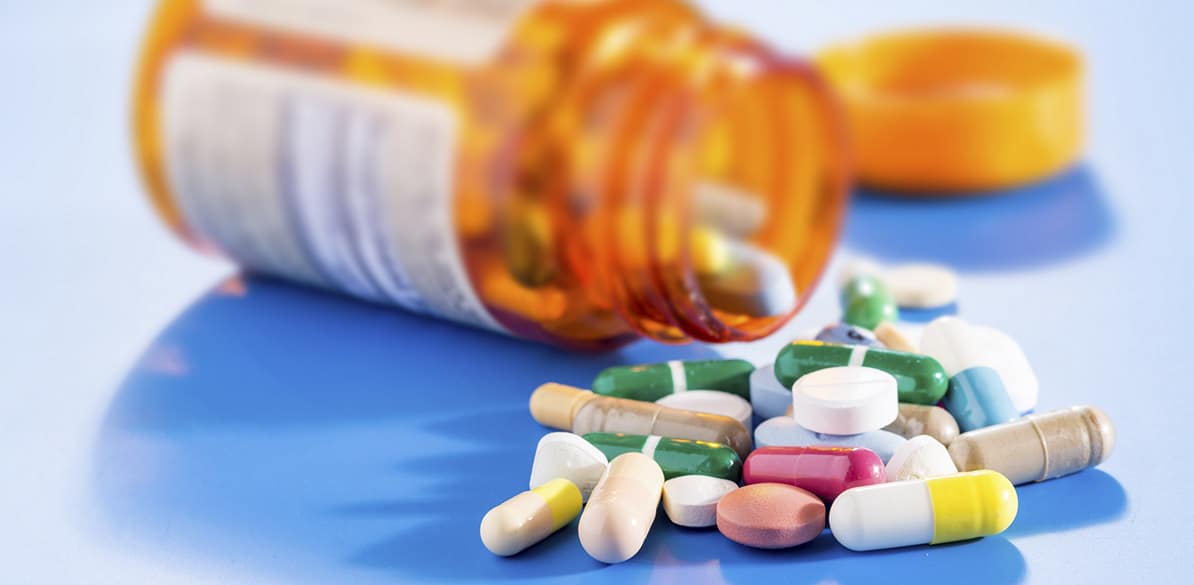The treatment of AH and its influence on driving

All the recommendations below refer to the management of mild arterial hypertension, and have much in common with the indications that doctors communicate to our patients, to help them become calm drivers who interact safely in traffic
We should advise our patients to try and be calm, make the most of free time, to put aside their problems is they can, take the longest holidays they can, sleep, rest, avoid being sedentary, lose weight, eat a low salt diet, normalize their lipidaemias and generally avoid stress, unnecessary upset and heated discussions.
We recommend they stop smoking and drinking excess alcohol.
We have to communicate to the patient that although his illness may not be causing him symptoms, it can get complicated, having a detrimental effect on health and limiting his daily activities, including driving.
If the patient requires medical treatment, we must warn him of the possible side effects of the drugs and their influence on driving.
The patient needs to know that although he may need to take medications, he should not put the recommendations we made to him in the beginning aside. Many believe drug therapy will make up for dietary excesses.
Pharmaceutical agents and their effects on driving
The objective of treatment is to manage to normalize blood pressure in patients without harming them or causing dangerous side effects, if possible by means of monotherapy.
Drugs used for initial treatment and their possible side effects.
- Beta blockers: These can produce bronchospasm, chronic heart failure, AV blockage, bradycardia, depression, hyperglycaemia, peripheral vascular failure, etc.These are well tolerated and generally cause few side effects. We should warn drivers that they frequently cause an irritating cough, which is distracting for drivers and means the medication must be changed.They can also be responsible for the patient suffering from angiooedema, eruptions and deterioration of previously impaired renal function.
- Calcium antagonists: Verapamil and diltiacem can produce bradycardia, hypotension, AV blockage and heart failure.Dihydropiridines such as nifedipine can cause adverse effects such as tachycardia, arterial hypertension, headaches, leg oedema and facial reddening.
- Diuretics: Side effects of diuretics are generally hypopostassemia, which can interfere with digitalis, hyperuricemia and hyperglycaemia. Spironolactone and amiloride can cause hyperpotassemia.
- Vasodilators: Hydralazine and minoxidil can produce tachycardia and headaches.
- Central sympatholytics: Clonidine frequently produces nausea, sedation and constipation. Alphametildope can cause sleepiness, anaemia and depression.
Guanfacine is associated with sedation, vertigo and dryness of the mouth.
Advice on Pharmaceutical agents
- At the beginning of a new treatment with possible side effects affecting driving, the patient should be advised not to drive until the correct dose to control AH has been established, and is being well tolerated by the patient.
- It is often necessary to associate two or three drugs, which often causes addition as well as side effects, which make the patient incapable of driving.
- Limitations on driving because of drug interactions can be transitory until AH is controlled and the patient has become adapted to the drugs, but sometimes it can be permanent, making driving difficult in the long term.
- The doctor should always warn the patient of the symptoms the medication may product, and if they appear while he is driving, the driver should stop the vehicle in a place where there is no risk of accident and ask for help if necessary.
- Driving is not allowed while there are symptoms that diminish psychophysical ability.
- It is a good idea to carry a medical report inside the vehicle and in an easy-to-see place, which details the pathologies associated with AH, as well as the treatment, in case it is necessary for emergency services to help the patient at the roadside or take him to a health centre.
- For long journeys it is a good idea to make rest stops more frequently to allow for relaxation and to stick to times for taking medication, as well as eating a salt free diet at mealtimes on the road.
- When travelling the patient should continue to drink the same amount of liquids recommended by the doctor, although diuretics may oblige him to stop more frequently, and the medication must not be cut down to try and make stops less necessary.
- Drivers whose is abnormal in spite of medical treatment should carry a personal sphygmomanometer and confirm their blood pressure sometimes when they stop, to make sure it is within normal levels.
- The doctor who has prescribed the treatment should be informed of any adverse reactions to drugs, so he can proceed to titrate the dose or change the medication.
- The doctor endeavours to achieve the triple aim of bringing blood pressure within the range of normality, using the minimum amount of drug therapy and avoiding side effects.
- This is how we can help our patients to live for longer and live better, because we are simultaneously preventing cardiovascular disease and traffic accidents.
